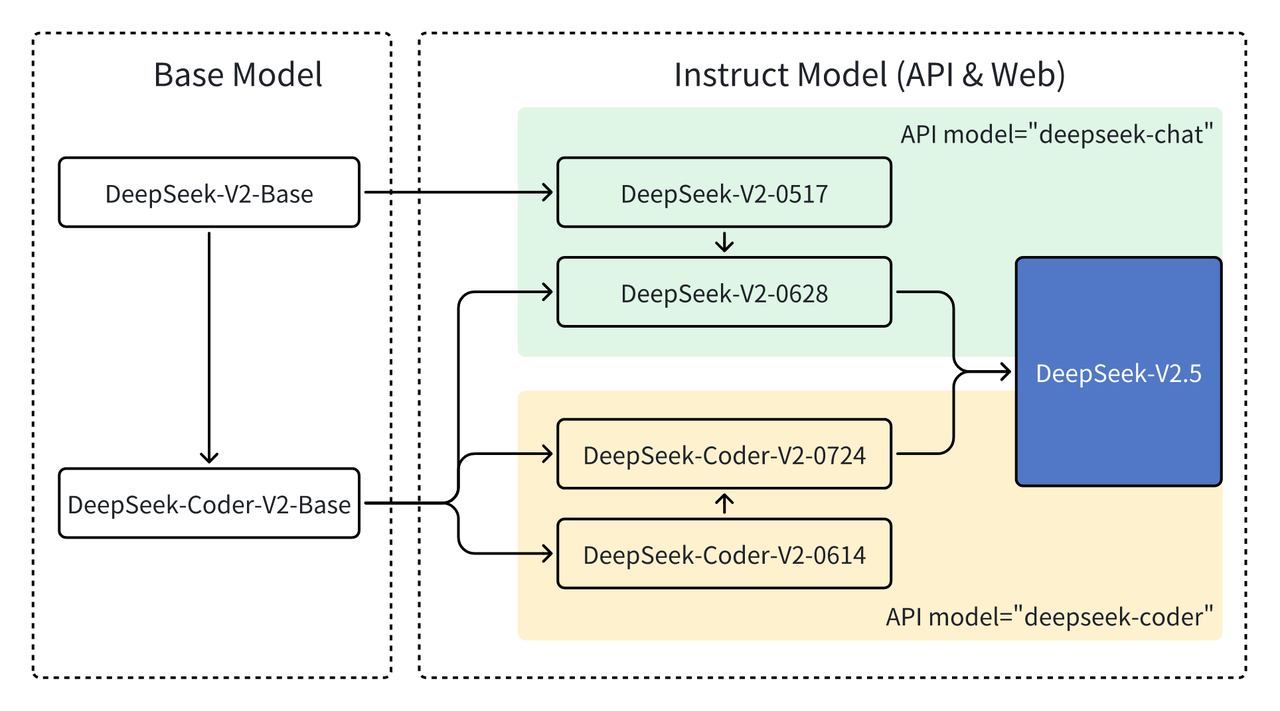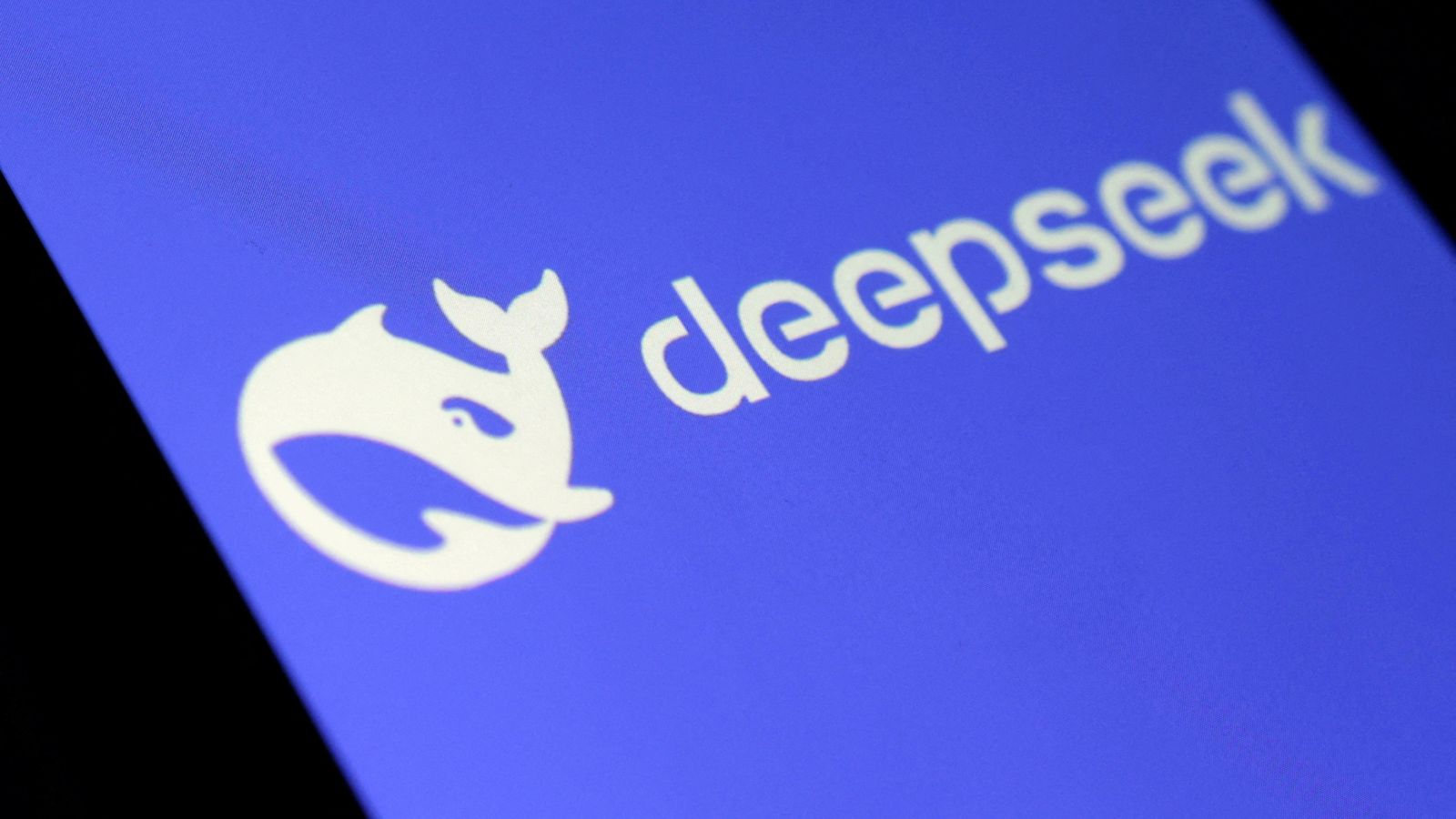
Dwsharedoc
Add a review FollowOverview
-
Founded Date July 5, 1927
-
Sectors Security Guard
-
Posted Jobs 0
-
Viewed 54
Company Description
Scientists Flock to DeepSeek: how They’re Utilizing the Blockbuster AI Model
Scientists are gathering to DeepSeek-R1, a low-cost and effective artificial intelligence (AI) ‘thinking’ model that sent the US stock market spiralling after it was released by a Chinese firm recently.
Repeated tests recommend that DeepSeek-R1’s ability to solve mathematics and science problems matches that of the o1 model, launched in September by OpenAI in San Francisco, California, whose thinking designs are thought about industry leaders.
How China developed AI model DeepSeek and stunned the world
Although R1 still stops working on lots of tasks that scientists may desire it to perform, it is providing scientists worldwide the opportunity to train customized thinking models created to fix issues in their disciplines.

“Based on its piece de resistance and low cost, we think Deepseek-R1 will motivate more scientists to attempt LLMs in their day-to-day research, without stressing over the cost,” states Huan Sun, an AI scientist at Ohio State University in Columbus. “Almost every colleague and collaborator working in AI is speaking about it.”

Open season

For researchers, R1’s cheapness and openness might be game-changers: utilizing its application programming user interface (API), they can query the design at a fraction of the expense of exclusive competitors, or for complimentary by utilizing its online chatbot, DeepThink. They can likewise download the model to their own servers and run and develop on it for which isn’t possible with contending closed models such as o1.

Since R1’s launch on 20 January, “lots of researchers” have actually been examining training their own reasoning designs, based upon and influenced by R1, states Cong Lu, an AI researcher at the University of British Columbia in Vancouver, Canada. That’s supported by data from Hugging Face, an open-science repository for AI that hosts the DeepSeek-R1 code. In the week considering that its launch, the website had actually logged more than 3 million downloads of different variations of R1, including those currently built on by independent users.
How does ChatGPT ‘believe’? Psychology and neuroscience fracture open AI large language designs
Scientific jobs
In preliminary tests of R1’s capabilities on data-driven clinical tasks – taken from real papers in topics including bioinformatics, computational chemistry and cognitive neuroscience – the design matched o1’s efficiency, says Sun. Her team challenged both AI designs to complete 20 jobs from a suite of problems they have produced, called the ScienceAgentBench. These include tasks such as analysing and visualizing data. Both models fixed just around one-third of the difficulties properly. Running R1 using the API cost 13 times less than did o1, but it had a slower “thinking” time than o1, notes Sun.
R1 is likewise showing guarantee in mathematics. Frieder Simon, a mathematician and computer system scientist at the University of Oxford, UK, challenged both models to produce an evidence in the abstract field of practical analysis and discovered R1’s argument more appealing than o1’s. But offered that such designs make errors, to benefit from them researchers require to be already armed with skills such as telling an excellent and bad proof apart, he says.
Much of the excitement over R1 is because it has been released as ‘open-weight’, meaning that the found out connections between various parts of its algorithm are available to develop on. Scientists who download R1, or one of the much smaller sized ‘distilled’ versions also launched by DeepSeek, can improve its efficiency in their field through additional training, called fine tuning. Given a suitable information set, researchers could train the design to improve at coding tasks specific to the scientific process, says Sun.
